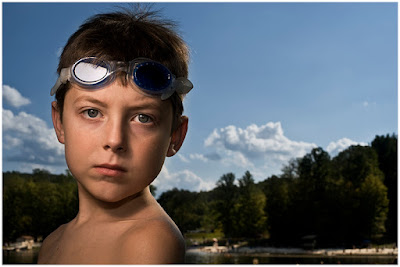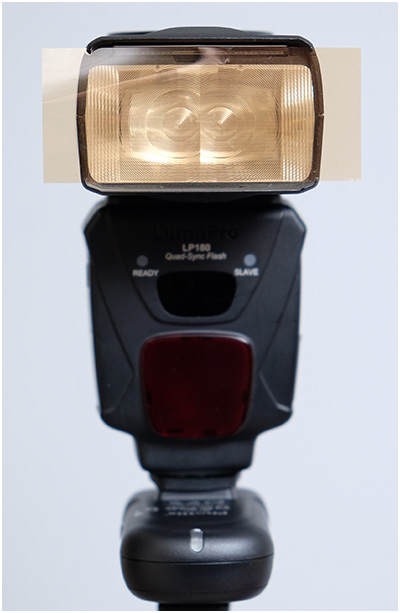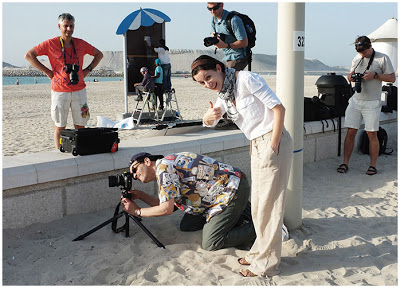Lighting 103: Using Gels to Shift the Ambient
Abstract: By combining a white balance shift in your camera with a complimentary gelling of your flash, you can easily and efficiently alter the ambient color temperature of an entire environment.
In addition to controlling the color of light from your flash, gels can also allow you to control the color of the ambient areas of your frame. This can allow you to tweak, enhance or drastically an ambient color environment. Read more »





